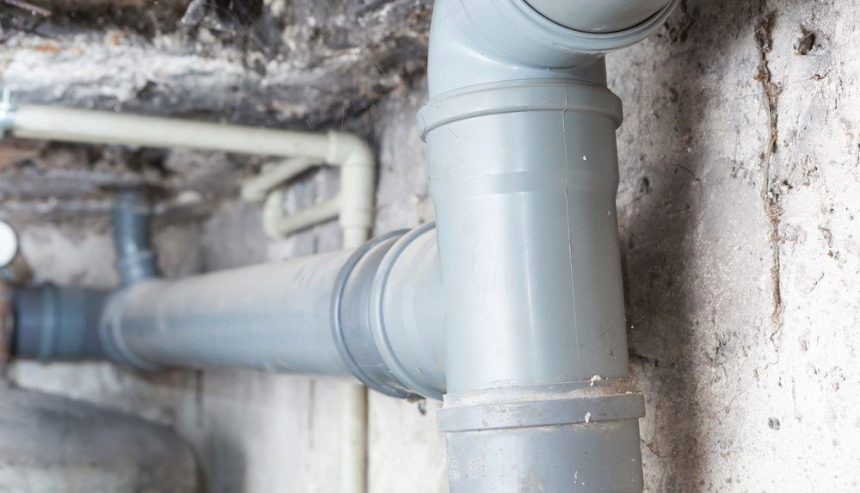When you have sewage backup, it’s crucial to act quickly and effectively. In this step-by-step guide, you’ll learn how to assess the damage, stop the source of the backup, begin the cleanup process, and disinfect affected areas.
Seeking professional help and restoration services can also make a significant difference. By following these steps, you’ll be well-prepared to handle this unfortunate disaster and recover as smoothly as possible.
Assess the Damage
You’ll need to evaluate the extent of the damage caused by the sewage backup. Start by assessing the affected areas in your home. Check for any visible signs of damage such as standing water, soaked carpets, or discolored walls. Take note of any foul odors or sewage debris that may be present.
Next, inspect your plumbing system to determine the source of the backup and identify any potential structural damage. Look for cracks, leaks, or blockages that may have contributed to the backup.
It’s important to assess the damage thoroughly to ensure the appropriate steps are taken for cleanup and restoration. If you’re unsure of the extent of the damage, it’s advisable to seek professional help to prevent further issues.
Stop the Source of the Backup
To prevent further damage, immediately locate and shut off the valve that’s causing the backup. You need to act quickly to stop the source of the sewage backup. Find the valve that controls the flow of sewage and turn it off.
This will help minimize the amount of sewage that continues to flood your home. Look for the valve near the area where the backup is occurring. It’s usually located on the wall or floor. Once you locate the valve, turn it clockwise to shut it off.
This will stop the flow of sewage and prevent any additional damage. Remember, time is of the essence, so don’t hesitate to take action.
Begin the Cleanup Process
Now that the source of the backup has been stopped, it’s time to start cleaning up the mess.
First, put on protective gear, such as gloves and boots, to prevent any contact with harmful bacteria. Open windows and doors to ventilate the area and reduce the smell. Next, remove any standing water using a wet vacuum or buckets. Dispose of the water in a sanitary manner.
After that, scrub the affected surfaces with a mixture of bleach and water to kill bacteria and eliminate odor. Be sure to also clean and disinfect any items that came into contact with the sewage.
Finally, thoroughly dry the area using fans or dehumidifiers to prevent mold growth. Remember to take breaks and prioritize your safety throughout the cleanup process.
Disinfect and Sanitize Affected Areas
Make sure to thoroughly disinfect and sanitize all the affected areas to eliminate any remaining bacteria and ensure a clean and safe environment.
Start by wearing protective gloves, goggles, and a mask to avoid direct contact with the sewage. Remove any standing water using a wet-dry vacuum or mop.
Next, prepare a solution of bleach and water in a ratio of 1:10 and use it to clean all surfaces, including floors, walls, and furniture. Scrub the area with a brush to ensure thorough cleaning. Pay special attention to hard-to-reach corners and crevices.
After disinfecting, rinse the surfaces with clean water and allow them to air dry. Remember to dispose of any contaminated materials properly. Regularly washing your hands during the process is essential to prevent the spread of bacteria.
Seek Professional Help and Restoration Services
If you’re dealing with a sewage backup, it’s important to seek professional help and restoration services to ensure the proper cleanup and restoration of your property. Dealing with a sewage backup can be overwhelming and hazardous to your health.
Professionals have the necessary expertise and equipment to handle the situation safely and effectively. They’ll assess the extent of the damage, remove the sewage, and thoroughly clean and disinfect the affected areas. Additionally, they’ll inspect your property for any structural damage and provide necessary repairs.
Hiring professionals will give you peace of mind knowing that the cleanup and restoration process will be done correctly, minimizing the risk of further damage or contamination. Don’t attempt to handle a sewage backup on your own; reach out to professionals for immediate assistance.




